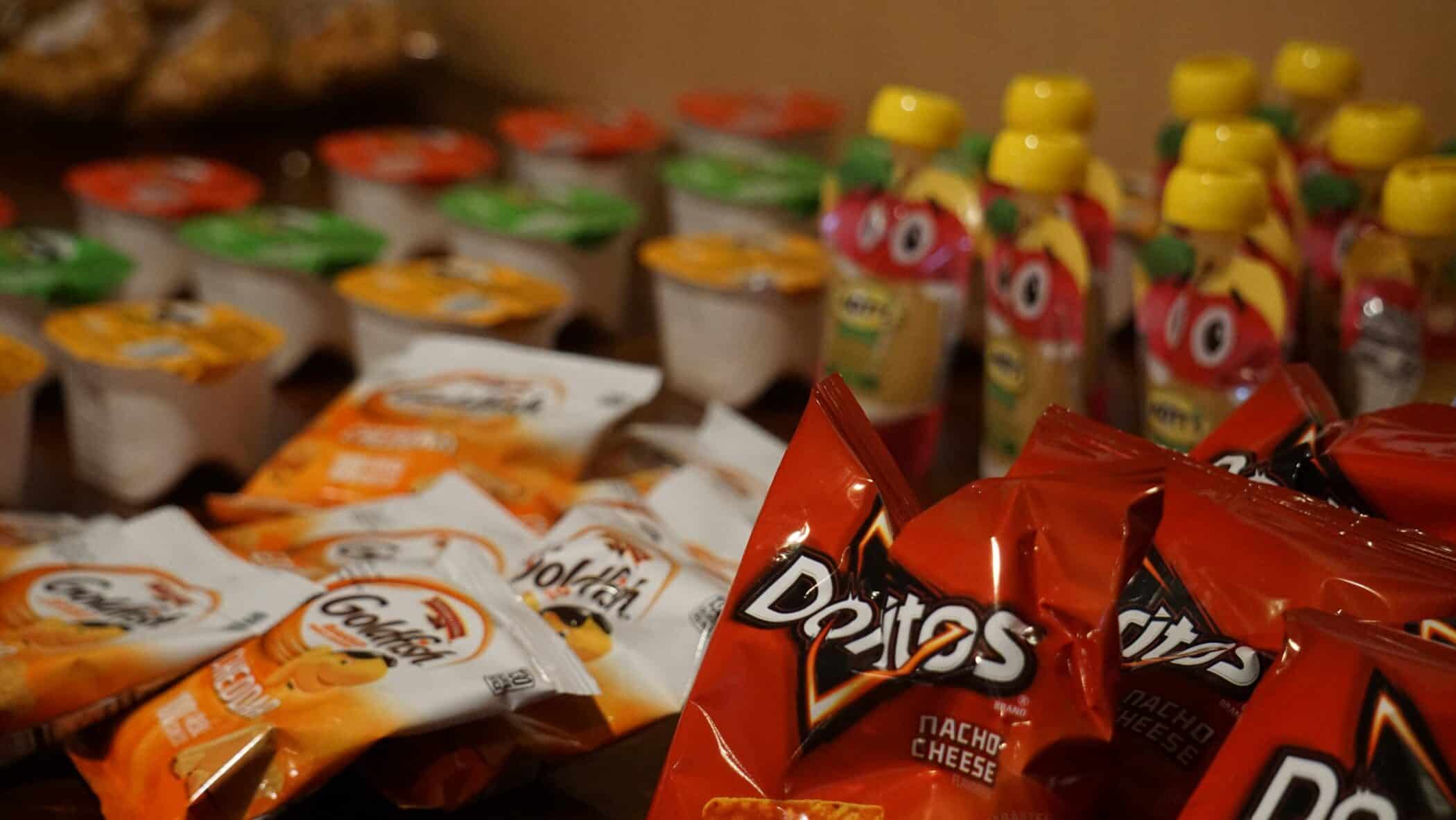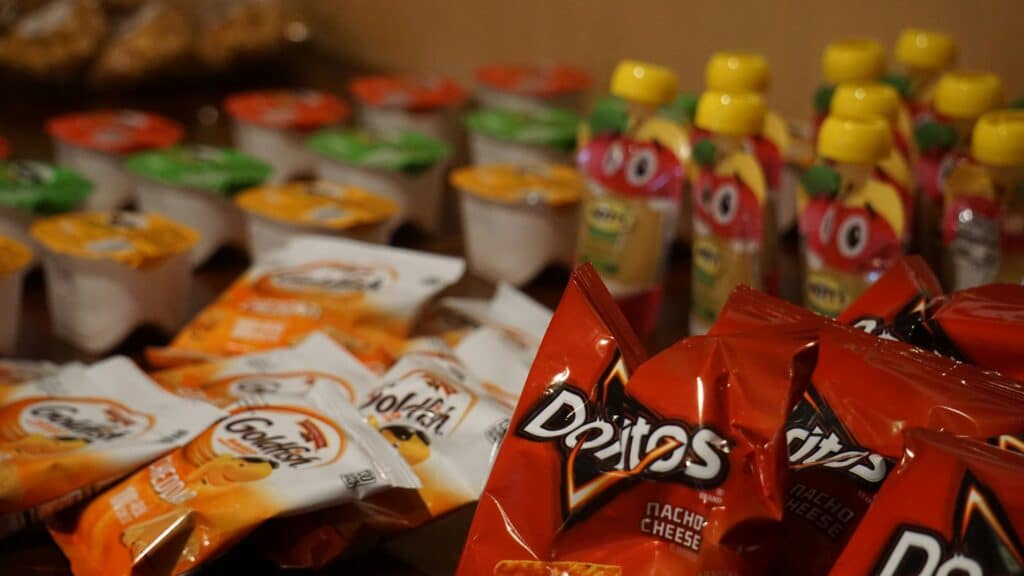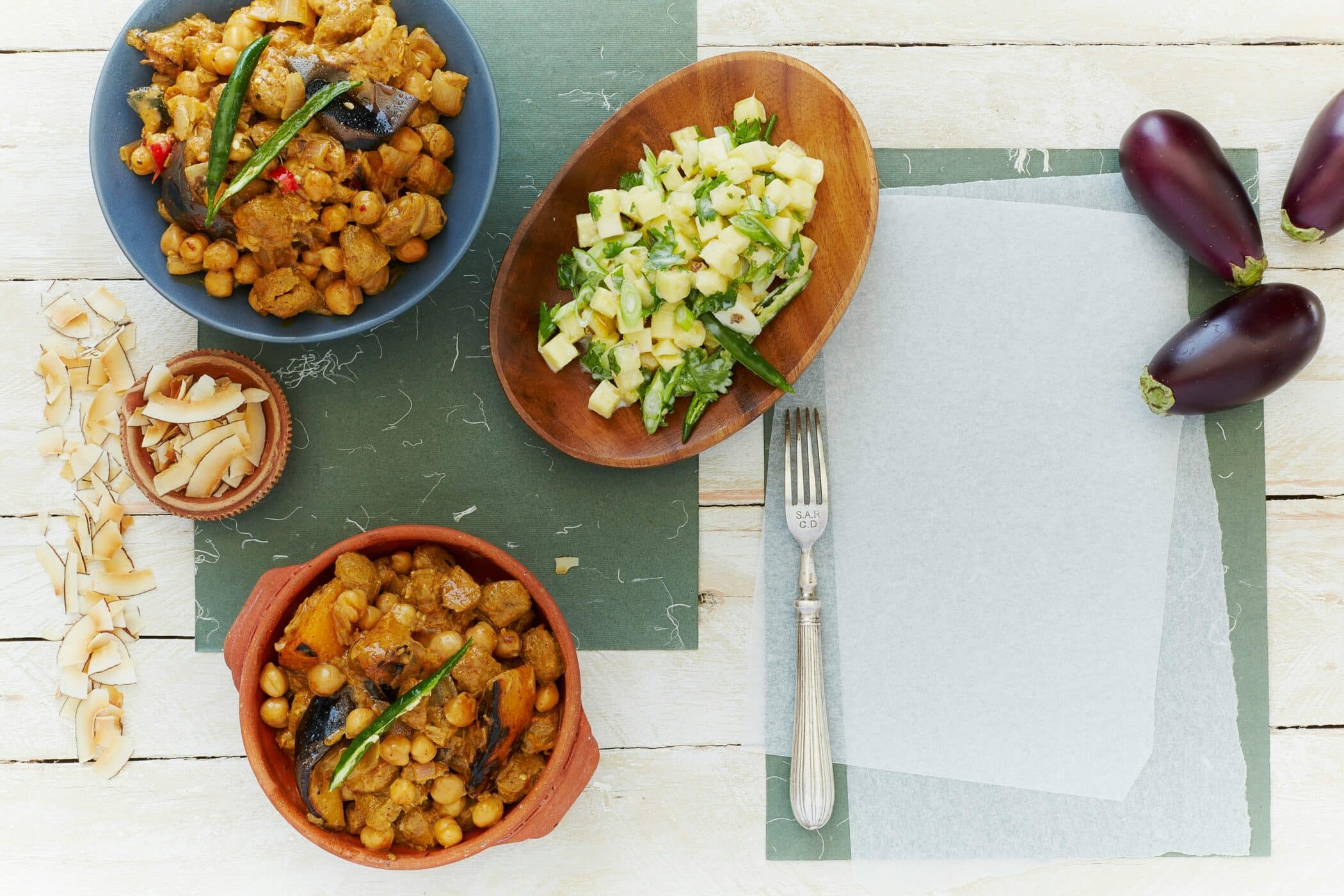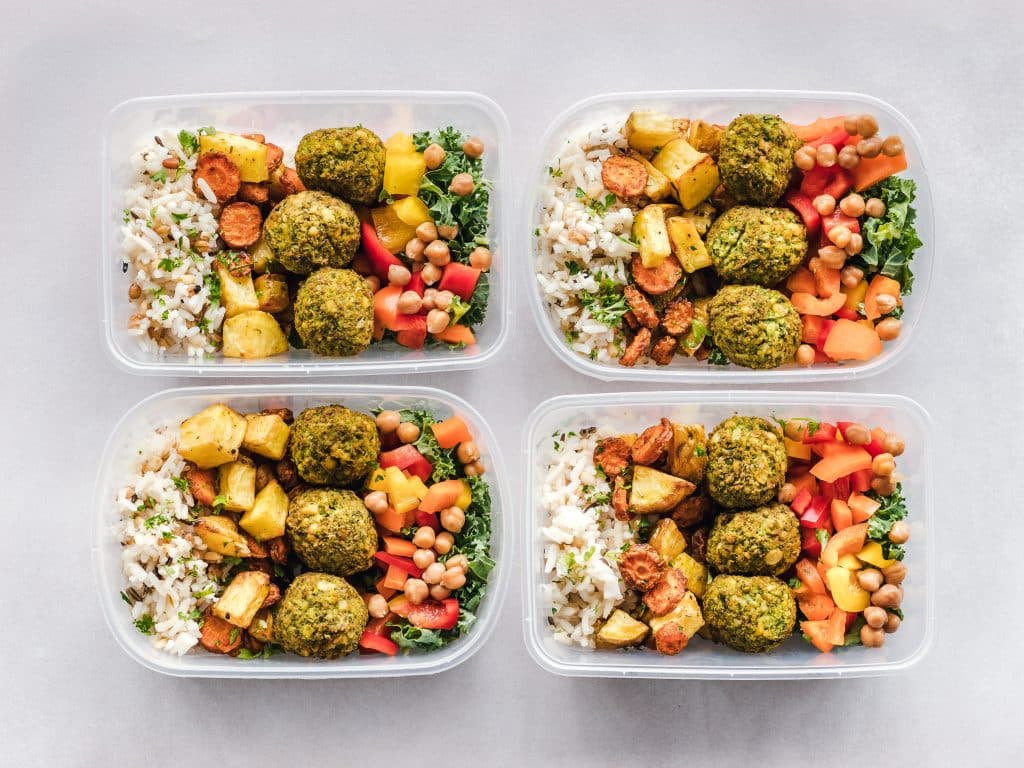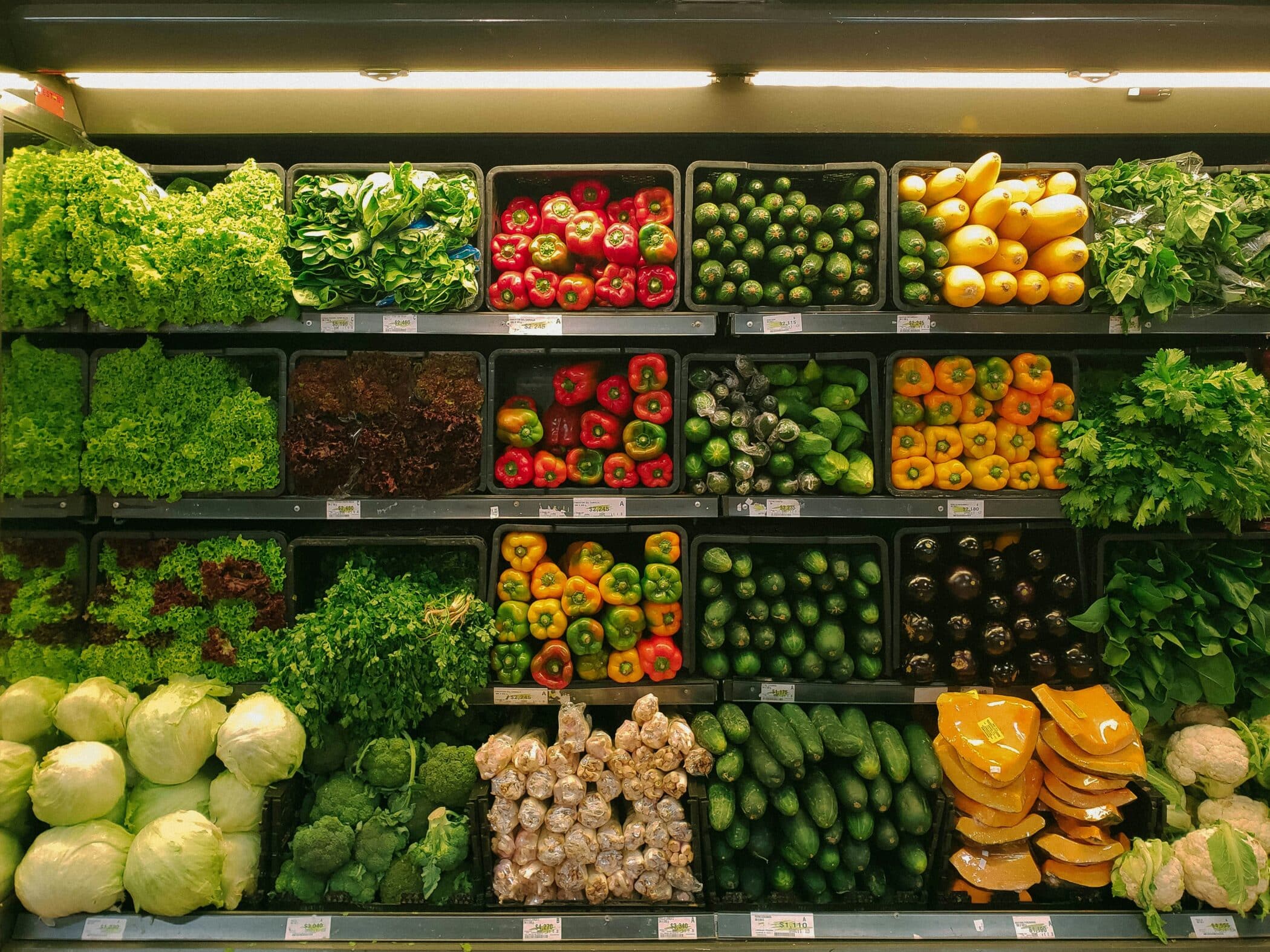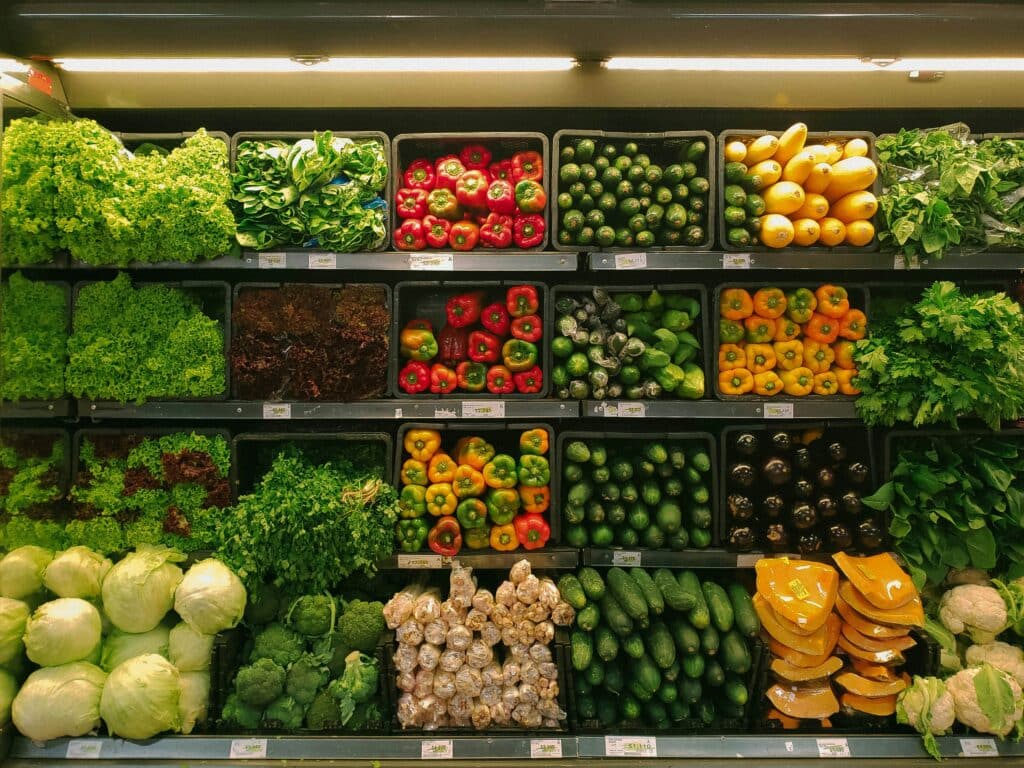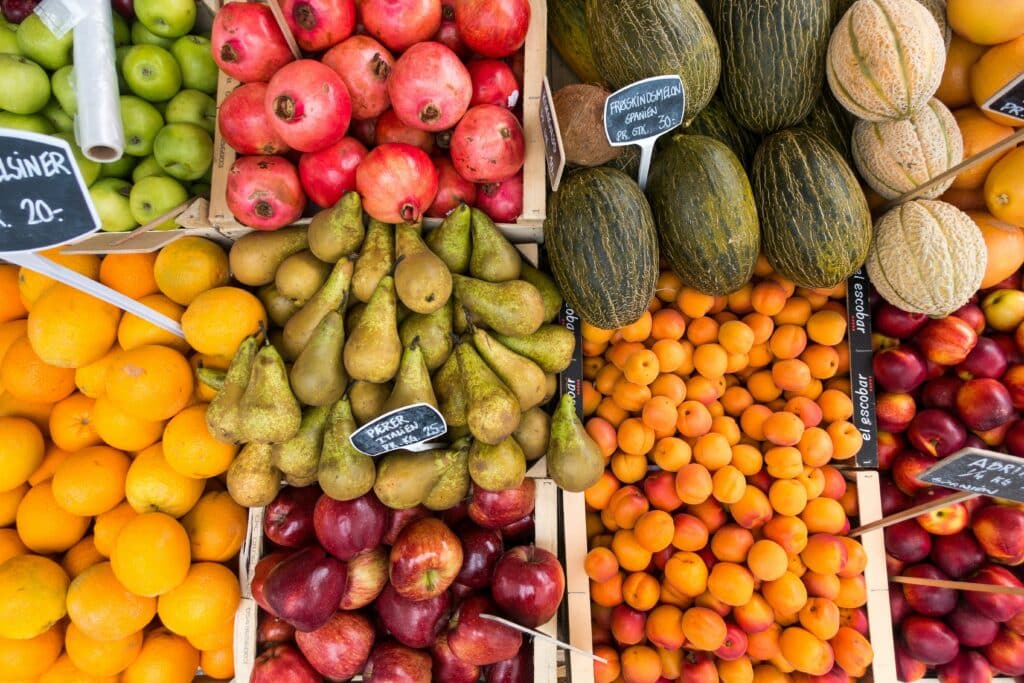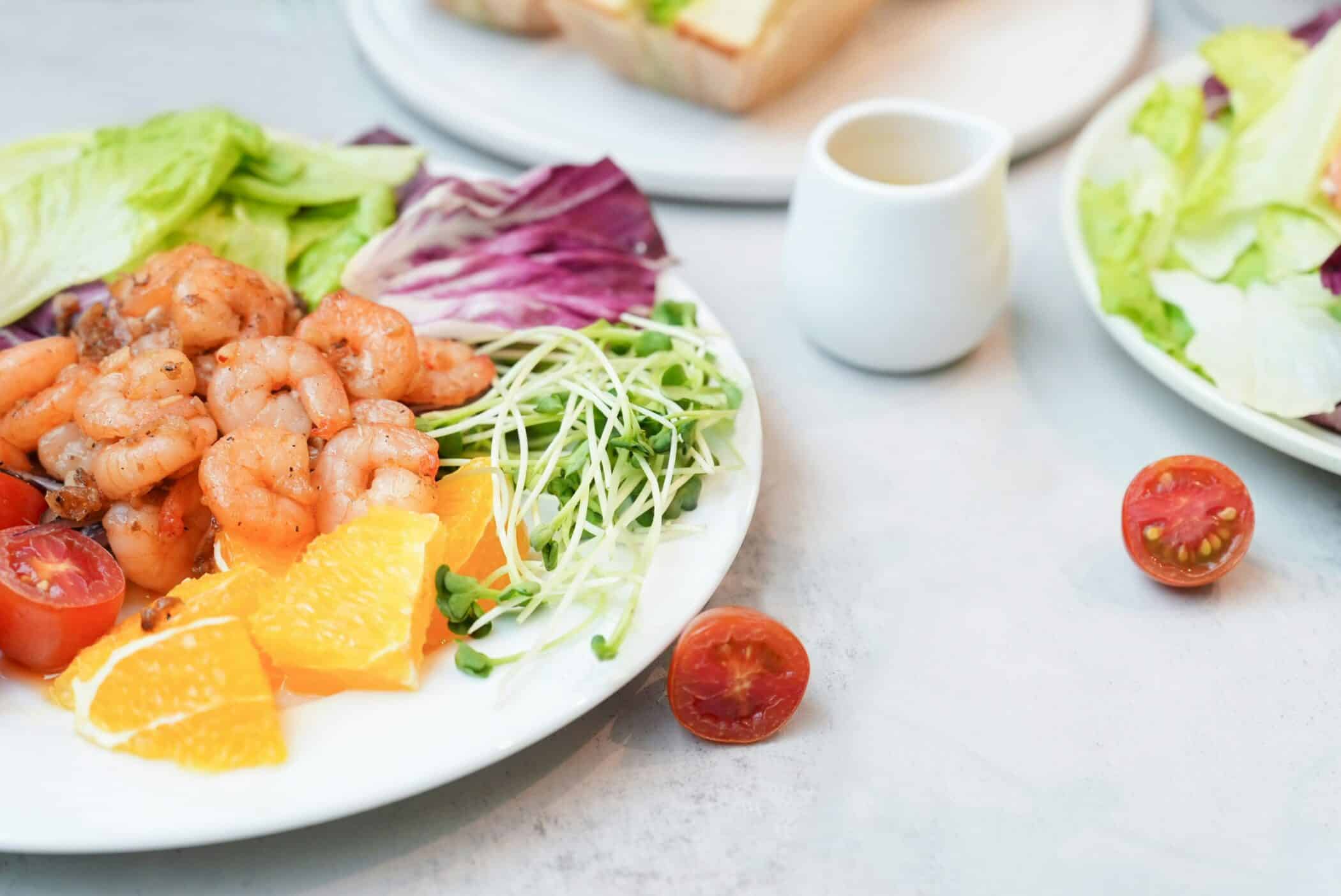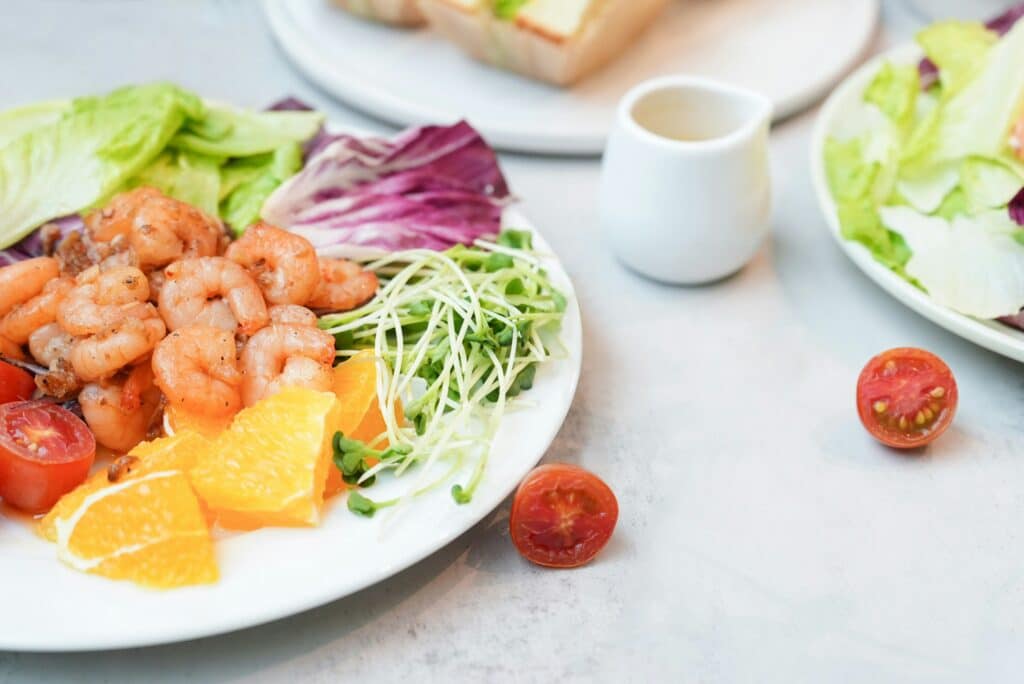
Thanksgiving has tradition written all over it, with a delightful dinner and memories made to last. However, the fact that everyone looks forward to this unique fest doesn’t mean it should be an invitation for unhealthy ingredients, no matter how tasty. Instead, you can keep the traditional flavors with more nutritious options with these healthy Thanksgiving recipes.
Why choose healthy Thanksgiving recipes?
As the holiday season approaches, the temptation of reaching for calorie-dense and nutrient-light foods. However, this year can be your new beginning since there are many good reasons to break that tradition.
Contrary to popular belief, healthy Thanksgiving recipes can be just as delicious and flavorful as traditional ones. With fresh and wholesome ingredients, you can make exceptional, healthy meals without sacrificing the flavor.
When making a healthy Thanksgiving dinner, you’ll have a much easier time catering to different tastes. There’s a high chance that your guests have certain dietary preferences or restrictions. However, you simply can’t go wrong when using healthy recipes, and everyone can enjoy a healthy Thanksgiving dinner.
Thanksgiving is a time to be thankful for health and happiness. Hence, it’s a perfect opportunity to make new traditions centered around well-being. Make lasting memories encouraging you and your loved ones to make health-conscious decisions.
Additionally, by serving healthy dishes for Thanksgiving, you can set a positive example for your family and friends. It might be that additional push of motivation for balanced and healthy living.
If you need inspiration or have doubts about your new healthy Thanksgiving recipes, fear not, as in the following section, we’ll give you more than enough dish ideas to beautifully start your new healthy tradition.
Healthy dinner ideas
Enrich your Thanksgiving feast with one of these nutritious and delicious main courses.
Herb-roasted turkey
The herb-roasted turkey will keep Thanksgiving’s classic flavors but add a lovely twist. The aromatic blend of fresh rosemary and thyme will transform the turkey into a visually stunning and antioxidant-rich meal. Here’s what you’ll need to make it:
- one whole turkey (ten to twelve pounds);
- two tablespoons olive oil;
- two tablespoons fresh rosemary, chopped;
- two tablespoons fresh thyme, chopped;
- salt and pepper to taste.
Preheat the oven to 325°F (163°C). Wash the turkey and then carefully dry it using paper towels. Mix olive oil, rosemary, thyme, salt, and pepper in a small bowl to create a herb rub. Rub the herb mixture evenly over the turkey, including under the skin, for extra flavor. Position the turkey on a roasting pan and proceed to cook it in the preheated oven up until its internal temperature reaches 165°F (74°C)., approximately three hours for a ten to twelve-pound turkey. Let it rest for at least 15 minutes before carving.
Quinoa-stuffed acorn squash
Ditch the traditional stuffing and substitute it with a healthy, plant-based alternative with quinoa-stuffed acorn squash. This healthy idea for Thanksgiving is a combination of quinoa and dried cranberries that form a nutrient-dense, delicious dinner. Follow these steps to make it:
- three acorn squashes, halved and seeds removed;
- one cup quinoa, rinsed;
- two cups vegetable broth;
- one tablespoon olive oil;
- one onion, diced;
- two cloves garlic, minced;
- one teaspoon ground cumin;
- Salt and pepper to taste;
- half a cup of dried cranberries;
- half a cup of chopped pecans;
- fresh parsley for garnish.
Once more, preheat your oven to 375°F (190°C). Place the acorn squash halves, cut side down, on a baking sheet and bake for 30 minutes. Simultaneously, in a saucepan, bring vegetable broth to a boil. Then, add quinoa and reduce the heat. Cover it and simmer for 15-20 minutes until cooked. Heat olive oil and sauté onion and garlic in a skillet until softened. Add cumin, salt, and pepper to the skillet and stir in the cooked quinoa, cranberries, and pecans—stuff each acorn squash half with the quinoa mixture. Bake for an additional 20-25 minutes until the squash is tender. Garnish with fresh parsley before serving.
Citrus-glazed salmon
The citrus-glazed salmon is a must-try if you want to steer away from the traditional turkey. This refreshing, healthy seafood option bursts with omega-3 fatty acids and a zesty citrus flavor. The ingredients needed for this healthy Thanksgiving dinner are:
- four salmon filets;
- a quarter cup of orange juice;
- two tablespoons lemon juice;
- two tablespoons honey;
- one tablespoon Dijon mustard;
- one teaspoon grated orange zest;
- salt and pepper to taste;
- fresh thyme for garnish.
This time, preheat your oven to 400°F (200°C). Arrange the salmon filets on a baking sheet covered with parchment paper. Whisk together orange juice, lemon juice, honey, orange zest, Dijon mustard, salt, and pepper in a bowl to create the glaze. Brush the glaze over the salmon filets. Place in the oven and bake for 12-15 minutes or until the salmon effortlessly separates with a fork.
Healthy Thanksgiving sides
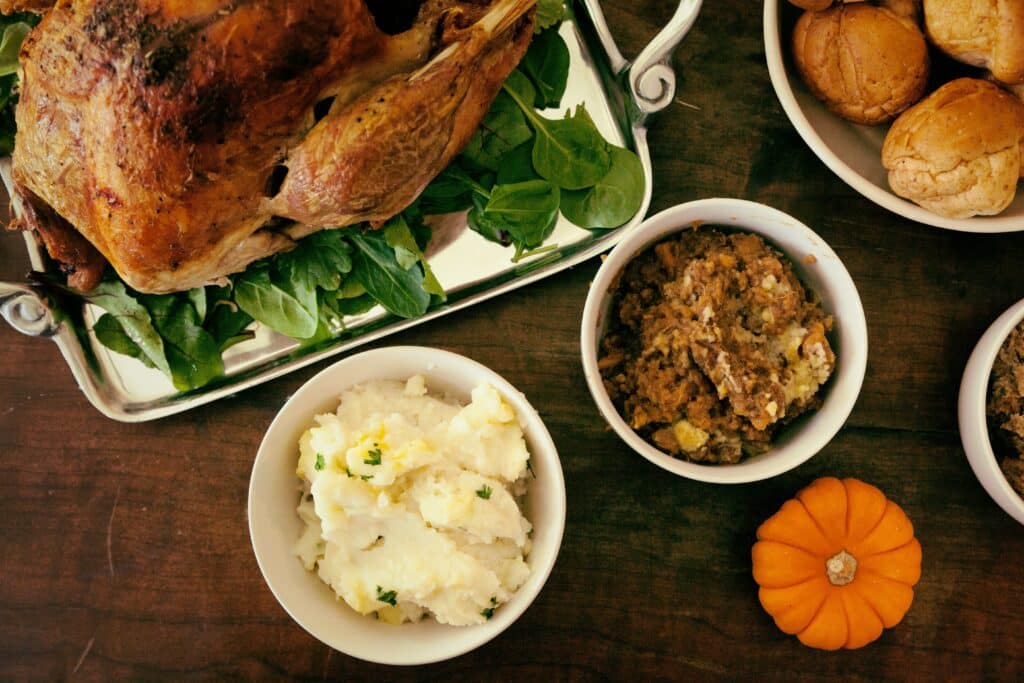
No Thanksgiving dinner is complete without sides, and if you want to make them with a healthy twist, here are a few great ideas.
Butternut squash and kale salad
This bowl of deliciousness features roasted butternut squash, massaged kale, dried cranberries, and pumpkin seeds. Drizzle with a lemon-tahini dressing to add a zesty kick to this healthy Thanksgiving side dish.
Sweet potato and kale gratin
Combine thinly sliced sweet potatoes and nutrient-packed kale layers in a creamy gratin. This golden perfection offers a delightful balance of sweetness and earthy flavors.
Quinoa-stuffed bell peppers
Spice up the classic stuffed peppers by filling them with a savory mixture of quinoa, black beans, corn, and spices. This colorful dish is rich with plant-based protein and adds a festive touch to your Thanksgiving menu.
Lemon garlic roasted asparagus
Roast asparagus spears with a blend of lemon and garlic for a simple yet elegant side. This light and refreshing dish adds a burst of freshness to your Thanksgiving table while being packed with essential nutrients.
Spinach and feta stuffed mushrooms
You can create fantastic bite-sized healthy Thanksgiving sides by stuffing mushrooms with spinach and feta cheese.
In conclusion
As you prepare to gather with loved ones for a celebration, don’t hesitate to give these healthy Thanksgiving recipes a try. By choosing the healthier options, you can create a memorable feast while starting a tradition of gratitude for health. Embrace the perfect blend of taste and nutrition this Thanksgiving for a truly fulfilling and health-conscious celebration.


